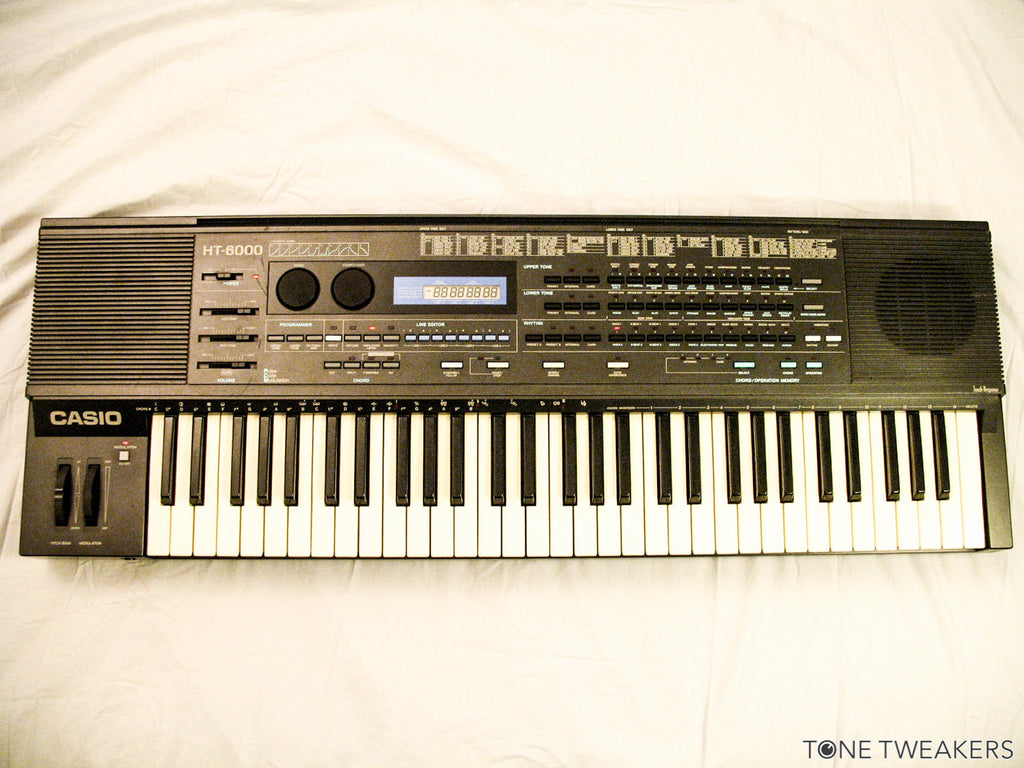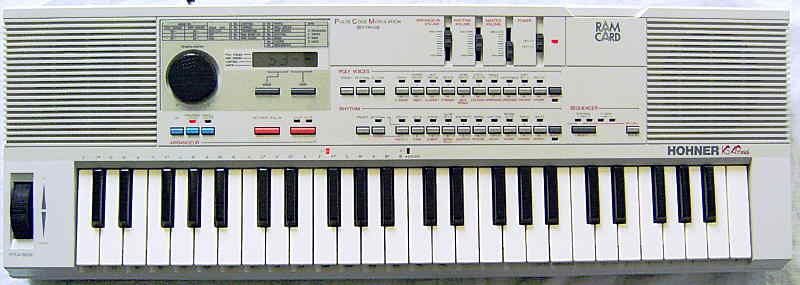
Finally, like on the CZ's, a low-frequency oscillator (LFO) is programmable to modulate the DCO pitch. Both the VCF and DCA are programmed with traditional 4-stage attack/decay/sustain/release (ADSR) curves. The SD sound is further shaped by a digitally controlled amplitude (DCA) envelope. In SD synthesis, an analog voltage-controlled resonant filter (VCF) is used to shape the DCO's waveform (whereas on Casio CZ Synthesizers the phase distortion engine could only emulate a resonant filter). The top-of-the-line Casio HT-6000 offered 64 possible waveforms, 4 DCO's per voice, velocity, detuning, ring-modulation, and an expanded SD parameter set. the brighter attack phase of metallic clangs or picked strings. Thus, some "waveforms" crossfade between timbres without filter sweep to simulate e.g. Short for 'Spectrum Dynamic' SD Synthesis has some things in common with the subtractive synthesis we know and love. They use a very specific form of sound generation called 'SD Synthesis'.
#Soundsource for the casio ht 6000 series
In effect, each so-called "waveform" of an SD synth consists of 2 layered subvoices with independent preset volume envelopes (that cannot be changed by the user). The Casio HT and HZ series are a very interesting group of synthesizers produced from 1987-1991. piano tones courtesy of Casios unique Multi-Dimensional Morphing AiR Sound Source. This predefined temporal motion of the harmonic spectrum yields the term "Spectrum Dynamic." The user has very limited influence over the spectrum dynamic using the DCA envelope, and doing so is something of a trial-and-error process. The Privia PX-S6000 features intuitive tone control functions for. For example, one waveform has an octave-unison effect where the higher harmonics fade in over time. The DCO has preprogrammed control of the timbre of the waveform, and some (but not all) of the available waveforms are "moving", meaning that their spectra are designed to change as the DCA envelope progresses. The track echoes below on this release features the casio ht-700 and the.
#Soundsource for the casio ht 6000 plus
The SD sound source is a 4-bit (16-step) digitally controlled oscillator (DCO) that uses waveforms including triangle, sawtooth, squares of different widths, and some unusual pulses, plus various combinations thereof. Casio cdp-3000 digital piano vs korg volca sample (not shown) loaded with. SD (Spectrum Dynamic) Synthesis was modeled on traditional DCO-VCF-DCA analog synthesis but used waveforms that included predefined variations over time. There still exists a small but devoted fanbase who insist that SD synthesis, particularly as expanded in the high-end model HT-6000, was overlooked and highly underrated and today really rare. SD synthesis was traditional DCO-analog synthesis, with the main difference being that some of the SD waveforms' harmonic spectrums changed temporally, or dynamically in relation to the amplitude envelope.

Collection from North London also possible.Ĭasio's SD ( "Spectrum Dynamic") Synthesizers were a late-1980s line of analog featuring a resonant filter. Will post to UK, but buyer must pay for postage and insurance.


Sounds great! Comes with original manual. Rare 4 oscillator analogue synth from the 80's.


 0 kommentar(er)
0 kommentar(er)
